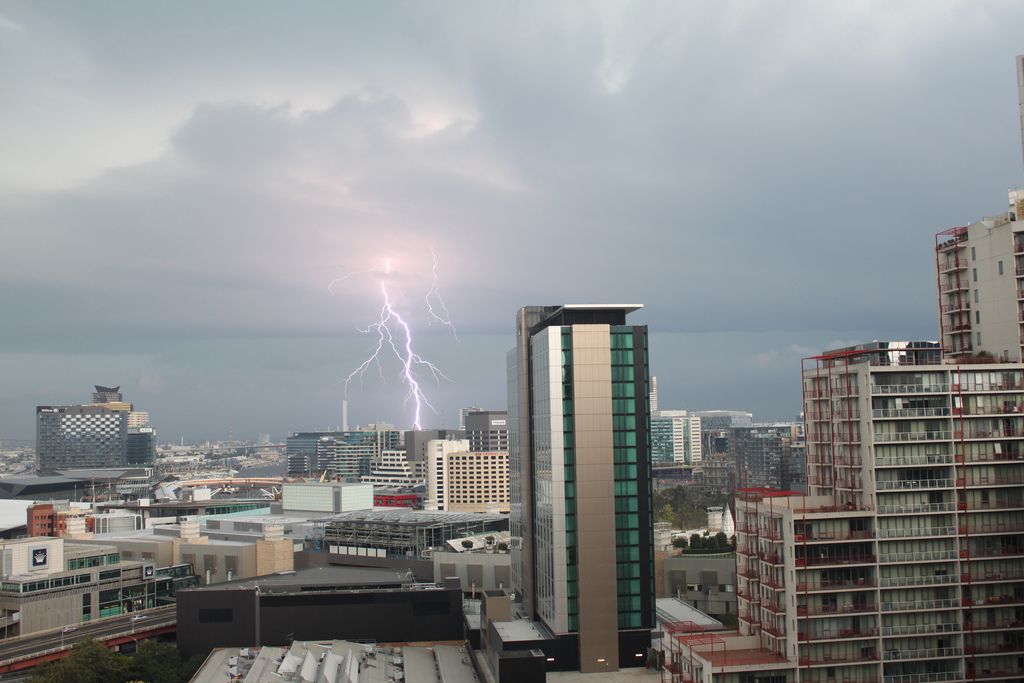Efforts to create a cash cow from popular Australian government web content are quickly gathering pace, after the Bureau of Meteorology (BOM) confirmed its controversial online advertising trial has been given the green light to become a permanent revenue raiser.
First introduced in the 2012-13 Budget as a one-year experiment by the Department of Environment under the last Labor government, the foray into commercialising taxpayer-funded page impressions has now gathered sufficient commercial support to make it into a lucrative earner will compete directly with private media companies.
Despite being kept decidedly low key, the ancillary revenue measure was inked into in the 2014-15 Budget as part of an allocation of $328.3 million to the Bureau.
Senior management at the Bureau are still keeping quiet about exactly how much money the rainmaking venture has made, or is forecast to make, and declined to provide cash forecasts on the basis that they remain “commercial-in-confidence”.
The decision to investigate advertising came after a 2012 review of BoM’s ability respond to future extreme weather and natural disaster events as well as to providing seasonal forecasting services.
That review put forward selling advertising as a potential revenue stream to help BoM meet increasing demand for essential frontline services and flood forecasting systems.
So far the money is going back to BoM; however it is believed that parts of Treasury are keeping a keen eye on turnover with a view to potentially getting a cut.
The important revenue raising precedent that BoM’s advertising has set is understood to have other cash-strapped agencies taking a careful look at what might work for them, not least because the BoM model demonstrates the potential for government web properties to commercialised to help offset costs and potentially develop new income streams that don’t rely on shrinking Budget appropriations.
While BoM has persevered with its new advertising adventure, it’s understood the foray has raised hackles within commercial media interests because it is perceived as milking what is essentially monopoly content at a time when the government has sharply curtailed its own advertising spending.
In September 2012, BoM called for expressions of interest to supply advertising services, which in turn led to a tender process where Digital Network Sales was appointed to conduct advertising sales and management in accordance with the Bureau’s online advertising policy.
Just what a departure from established media management and web policy BoM’s advertising foray has created is borne out in the official rule book on online matters for agencies.
To date the Australian government’s official Web Guide forbids agencies from selling promotional and advertising space on their websites on the basis it could dilute, confuse or detract from the messages the government is trying to get across.
The BoM is listed as a specific exception that does not extend to other agencies. At least not yet.
One area for potential wriggle room is third party sponsorship of government programs, and potentially related content, “where a third party sponsors a government program and the responsible agency agrees (as part of the formal sponsorship agreement) to add a logo and/or a link to the third party’s website on the agency website.”
While stakeholder consultations and related events are the most obvious example of where sponsorship synergies can occur, recent examples of industry sponsorship include the funding of research that may otherwise have fallen away.
In 2013, the Commonwealth Bank of Australia, law firm Henry Davis York and computer security company McAfee sponsored the Office of the Australian Information Commissioner’s (OAIC) Community Attitudes to Privacy, an established longitudinal study.
While the companies were able to highlight their names in the context of being seen to be responsible corporate citizens supporting empirical and independent research, there is understood to be reticence among many senior bureaucrats about diluting independence thresholds.
One key fear is the potential for company sponsorships and marketing to be perceived as having a degree of influence over the impartial collection of evidence to inform policy.
That, after all, is the domain of lobbyists and public policy specialists.
Comment below to have your say on this story.
If you have a news story or tip-off, get in touch at editorial@governmentnews.com.au.
Sign up to the Government News newsletter
One thought on “Online ads now a permanent fix for Bureau of Meteorology”
Leave a comment:
Most read
Scathing report finds little has changed at PwC
Qld council welcomes progress on massive battery system
‘Local’ procurement turns out not to be so local, committee hears
Another report finds local government falling down on cyber security
MoG changes see regions, investment return to NSW Premier’s Department



… and then they came for me but there was nobody there to help me. Dumb, dumb, dumb.